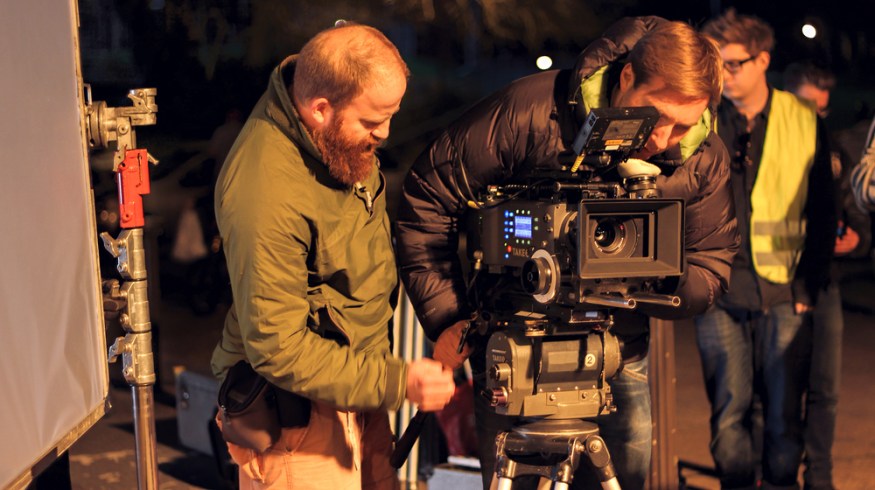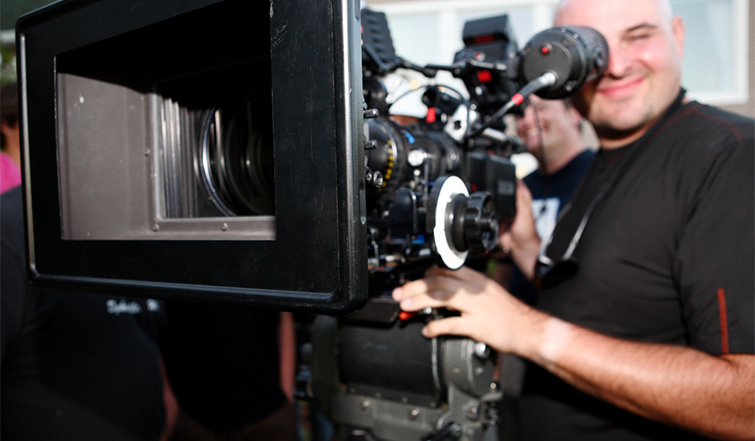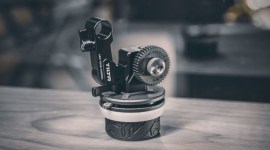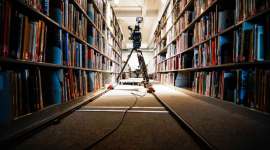
Expand Your One-Man-Band Operation with a 1st Assistant Camera
Sooner or later, solo shooters and producers will need bigger crews. Here’s what you need to know about working with a first assistant camera.
Many of us, earlier in our filmmaking careers, have hired a friend as a “1st AC” to carry some of our gear. However, working with a proper and experienced 1st AC can improve your workflow as a DP, and it can develop a relationship that may span your career. As a cinematographer, you must understand the roles of a 1st AC and how they will help the camera department. Understanding these proper roles, duties, and responsibilities is key to ensuring a great working relationship on set.
Roles of the 1st AC

Image via Shutterstock.
Camera Build
Under direction from the DP, a 1st AC is responsible for the initial camera build in regards to accessories and testing. Those accessories can include all kinds of things, such as a Teradek wireless video feed, wireless follow focus, etc.
A 1st AC will also thoroughly test and ensure that every piece of equipment, gear, and cabling is working properly before it ever finds itself on set. This also includes the camera and every lens you’ll be taking to set. Having a 1st AC test all of these pieces of equipment before production ensures that there will be no downtime on set due to faulty equipment. A good rule of thumb is that if the piece of equipment hasn’t been tested, is usually the piece that will fail.
Most rental houses will have camera testing areas to properly set up the equipment and thoroughly evaluate it before heading out to the field. If there are ever any problems that can’t be solved at the rental house, the 1st AC will contact the DP or cinematographer to come up with an alternate plan.

Image via Shutterstock.
Focus
One of the 1st AC’s biggest roles is focus. The 1st AC is directly in charge of all focus changes, like pulling focus. For example, if the talent walks closer to the camera in the scene, the 1st AC pulls the focus to ensure the talent is always sharp. The art of pulling focus is one that takes a lot of practice, and it can differentiate a good 1st AC from a great 1st AC.
Lens Changes
As a DP, when you order a lens change, the 1st AC will take charge and follow through with the lens change on set. If you also have a 2nd AC, the 2nd will assist the 1st in making the change.
The 1st AC will also ensure that lenses are functioning properly on set — and that they remain clean.
Filtration
The 1st AC is also directly in charge of changing the filtration in front of the lens, under direction from the DP. Filtration can range from ND to diffusion. Also, during camera prep, the 1st AC will evaluate each piece of filtration for scratches and make sure everything is in optimal working order before it goes in front of the lens of the camera.
As a cinematographer, working with and knowing the duties of your 1st AC can help you focus on directing the photography in each scene. Finding a trusted 1st AC can improve your workflow and, in turn, create a better end result.
Looking for more information to improve your workflow on set? Check out these articles.






